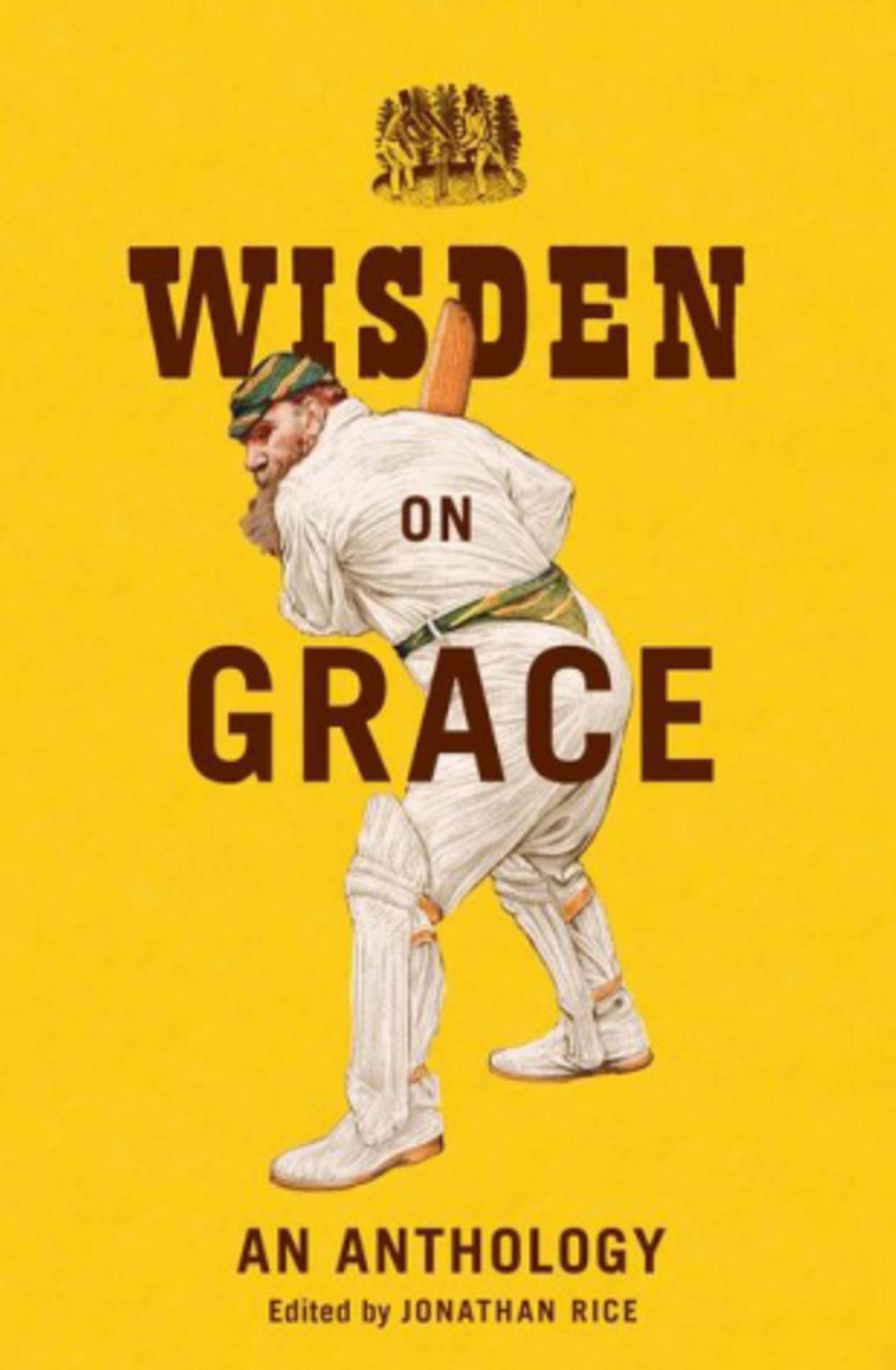Champion or cheat?
Either way, WG Grace generated more than his share of column centimetres, in his lifetime and beyond
Ivo Tennant
22-Mar-2015

Bloomsbury
Mr W. Grace, as Wisden called him before settling, somewhat arbitrarily, on the addition of his second initial and a medical prefix, died during World War I. It was said that one of his last acts was to shake his fist at a zeppelin flying close to his home in south London, a symbol of his autocracy and defiance. Whether or not he was the most prominent exponent of the finest and purest game, as Lord Harris declared, there can be little doubting that he still remains, 100 years after his death, the most recognisable of all cricketers.
So an anthology is wholly deserved, even if his feats will be familiar to many followers of the game. The prime interest in Jonathan Rice's collection of match reports and articles is in the reporting of the Victorian day. Do we learn more about his technique, his character, his utter dominance of the game? This was a period when Wisden was not known for its analysis, or "colour", to use a more modern term. The accounts, nonetheless, are descriptive, and sometimes unintentionally amusing.
Who is Jonathan Rice? Like his brother, Sir Tim, he is an unabashed cricket fan who has taken to editing anthologies. He sits on Kent's committee and hence must bear some of the responsibility for the financial state of the club and consequent encroachment of housing on the St Lawrence, Canterbury, where WG played often and which he would not recognise today. He would, however, be familiar with Bank Holiday engineering work. Trouble on the railways meant that he did not take the field on the ground on one occasion until around lunchtime when "a hearty Kentish cheer greeted Mr W. Grace's walk to the wickets".
WG became synonymous with the Victorians' love of muscular Christianity. At the crease, although he was too heavily built to use his feet nimbly to slow bowling, he was, as AG Steel put it, "a master of playing with the left leg close to the bat". He stood with his right leg on line with leg stump, his rigid right foot pointing slightly in front of the crease, his stance calculated to assist his placement of leg-side shots. Grace was the hero of Empire builders and the hero of Wisden.
There was, though, as Rice points out, a strange equivocation in the Almanack's view of him. While his brothers received almost uniformly good reports, the attitude to the "Champion" as Wisden called him, was grudging initially. It was apparent also that the social aspect of the cricket was as important as the scorecards. Grace was neither a professional nor an amateur: for the purposes of assisting the finances of the Marylebone Club, he was an amateur. In terms of his bank account, he was a pro - making far more money out of the game than any professional of his day.
As to the reporting of the game, some of the phraseology is surprising. To have been "licked by a lob", the fate of one hapless batsman, was a foretaste of how cricket would be covered in the popular prints. There is much rain and wintry weather and comment on Grace's capacity for money-making. In a 1998 appreciation for Wisden, which is included here, Geoffrey Moorhouse wrote: "Nothing more exposed the humbug of Gents v Players than an examination of Grace's financial rewards from the game." Grace was, he opined, "sometimes a shameless cheat".
This is a sad summation, wholly at odds with Lord Harris' view and not one, of course, that any cricket writer would have dared state during WG's lifetime. Best, perhaps, to concentrate on the extraordinary achievements, the Victorian context, the interest he brought to the game and the financial benefits for MCC, as well as for the clubs where he played. The wonderful painting by Archibald Wortley that hangs at Lord's, the cap, the beard, the cummerbund, the brown shoes and all, depicts a champion indeed.
Wisden on Grace
Edited by Jonathan Rice
Bloomsbury, 2015
£20, 234 pages
Edited by Jonathan Rice
Bloomsbury, 2015
£20, 234 pages